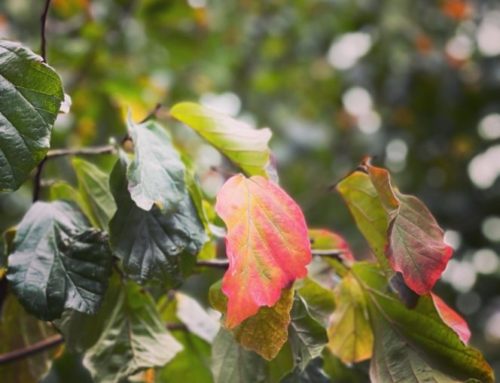Toy theatres are a wonderful playground to explore the mysteries of our imagination.
After nearly a year of nothingness (a word to be digged into separately), going to a workshop in person felt totally exhilarating. To meet lovely school teachers and artists in the most charming toy museum (Pollock’s Toy Museum in Fitzrovia), it almost seemed like too much fun!
Upon arrival we received a kit with everything needed to cut out our own little paper theatre. A short tour of the museum until all attendees were there opened our appetite and sparked our imagination. After all necessary explanations and a demo from Chloe Campbell, an enthusiastic and gifted papercutting artist, off we went, cutting and gluing and chatting. Cookies were circulating but I had otherwise too much on my plate and way too sticky fingers to indulge. The space feels like a happy hive full with buzzing bees telling each other where and how to find the best pollen and nectar. Some are ready to use the felt pens to colour their project before we leave. I decide to do this at home, I wouldn’t like to rush this, since playing with colours is my favourite part.
So early the next day, I happily rush back to my little paper theatre to rekindle the fire lit the night before. Time for elementary questions now: what are the adequate or traditional colours for an ancient looking theatre? Does it have to be dark or light for any technical reasons? Which parts were made of wood or plaster, which ones are painted, were they left bare or perhaps even gilded? Going on with the characters, what colour would the musicians’ jackets be? What did people wear to go out at the opera? What colours were available for women dresses at that time and for that occasion? I discard the fuchsia brush pen assuming this colour did not exist yet a hundred years ago and reflect upon the history of colours and natural dyes.
Meanwhile my fingers are impatient, the child within wants to go on without wondering too much. This keeps me from diving too deep into historical research in order to keep the fun rolling. I end up cutting the pear in half as we say in French, an expression for compromise, here between the inner child and the art historian, between pure freedom and a bit of possibly interesting control. Learning to surf on this very special wave of creative energy. Each brush pen is chosen following an innate joyful intuition while relying upon, or digging into my memory for images of what a nineteenth century representation could have looked like. All elements, including playfulness, are sifted through a sieve of thought, before adding touches of colour harmony, as spices to what looks like a somewhat mysterious, almost magical kitchen recipe.
This brings my reflexion upon colouring a bit further, I realise the process does not surge completely out of the blue. There is no such thing as a virgin imagination, the page is never quite white in the moment. The seeds of now seem to grow on a richly composted soil. A semi-conscious ground made of the remnants of accumulated experience, a wild mix of all things learned along the way, be it family, school, university, workshops, travels, literature, personal or universal history and so much more simmering in the secret bosom of invisible realms. Those seeds are the elements for a garden in constant creation. Off course I don’t have the bigger view of it yet, but as long as I have the spark to work on it, it shall be there to share.
And just like that, in a time of silence and doubt, a two hours workshop sweeps me off my feet and puts me back on my creative tracks…








Bellissimo Diane!